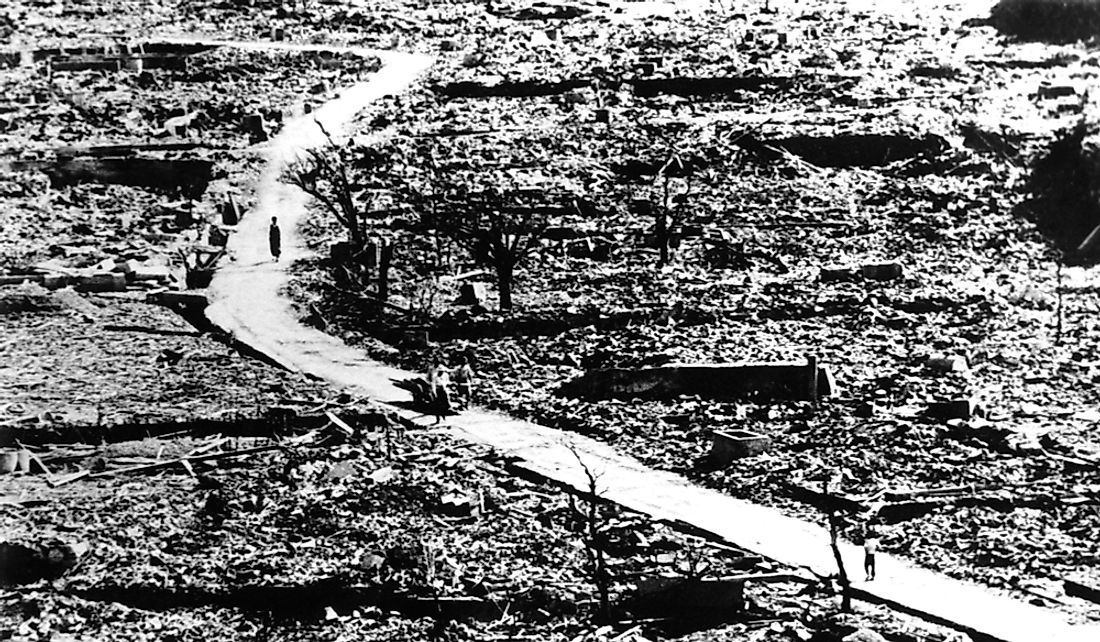The Hibakusha - Survivors Of The Hiroshima And Nagasaki Atomic Bombs

The atomic bombings of Hiroshima and Nagasaki in Japan in the year 1945 by the United States impacting thousands of human lives. It was reported that nearly 140,000 people were killed in Hiroshima and nearly 70,000 were reported from Nagasaki. The horrific aftermath of the bombings was witnessed by many survivors who shared their stories of the fateful day with the public. Some people saw the mushroom cloud in the air, and some were trapped in it. The people exposed to the radiation from the bombs are known as the Hibakusha, which literally translates to "explosion-affected people."
4. Health Problems
The survivors of the blast faced many health problems from radiation poisoning. Depending on the level of radiation the survivor was exposed to, they would likely experience weakness and fatigue, nausea and vomiting, severe headache, fever, discoloration of the skin, and damage to the central nervous system. They were also prone to infections from reduced white blood cells, alopecia, and higher rates of cancers throughout their lifetimes.
3. Discrimination
Due to ignorance of the people to the radiation sickness, the Hibakusha people had to suffer discrimination at the hands of the general public, especially in the areas of work or marriage. While watching out for the statistics, the increase in the birth defects or any kind of malformation has decreased, but still there is less awareness amongst the people. People do not marry women from Hiroshima and Nagasaki as they believe that they are genetically damaged, and fears that children born of them will be deformed.
2. The Niju Hibakusha Double Survivors
The Niju Hibakusha are the people who are double survivors of both the bombings in Hiroshima as well as Nagasaki. In 2009, the Japanese government recently recognized Tsutomu Yamaguchi as a Niju Hibakusha because, at the time of bombing, he was 3 kilometers away from the sight of the bombing and suffered severe injuries in Hiroshima, and was also exposed to residual radiation in his hometown of Nagasaki. He died not long after receiving this acknowledgement. All in all, around 165 people were thought to have survived both blasts to earn the moniker of Niju Hibakusha.
1. Official Recognition
The government officially recognized these people as the Hibakusha who were few kilometers away from the hypocenter, exposed to radiation as a result of fallout. These included those who were 2 kilometers away from the hypocenter (ground zero) within 2 weeks, or the unborn babies who were carried in the womb there at the time. These people received special allowances from the government, and there were many Korean survivors, Japanese-Americans, and many other foreign survivors as well.











